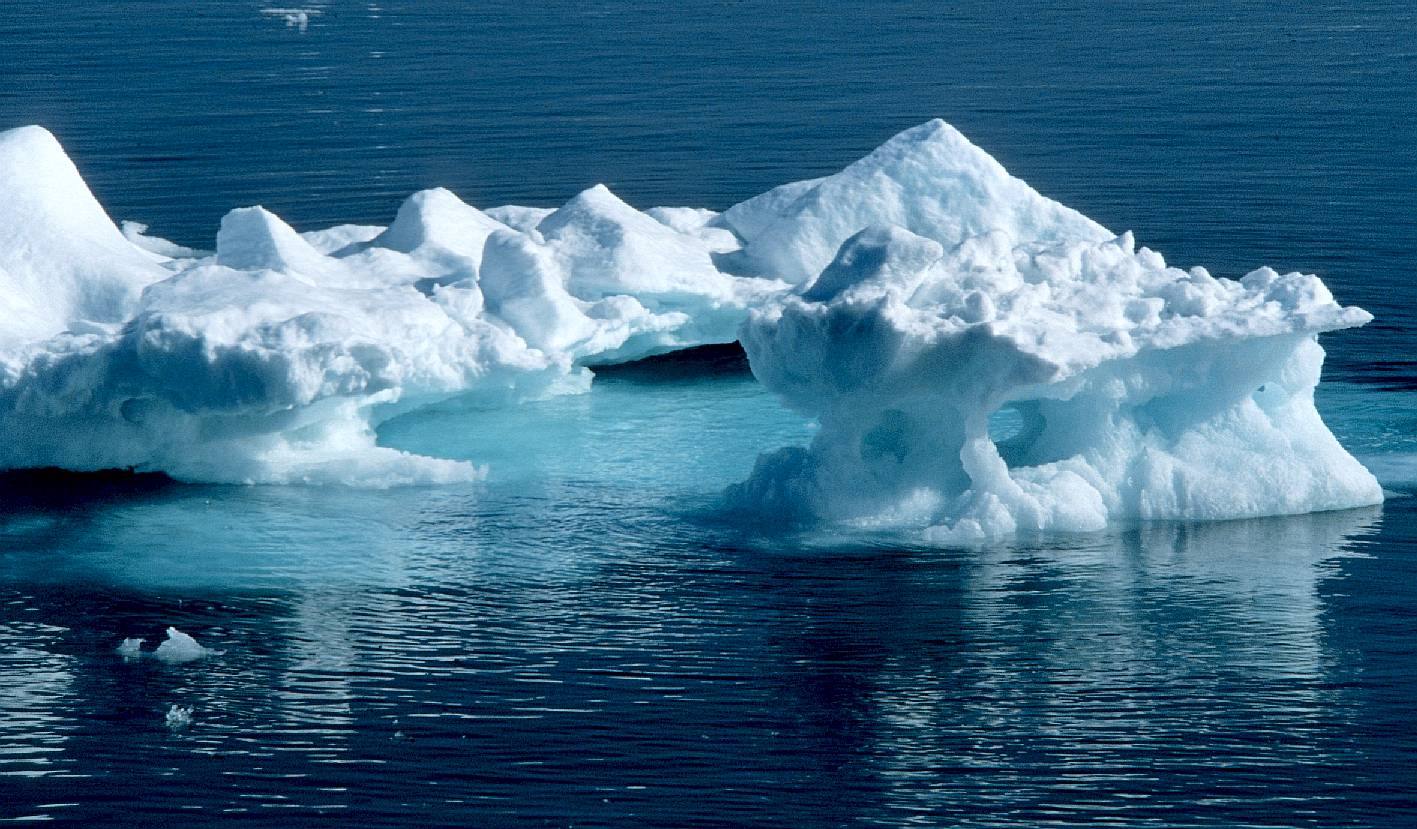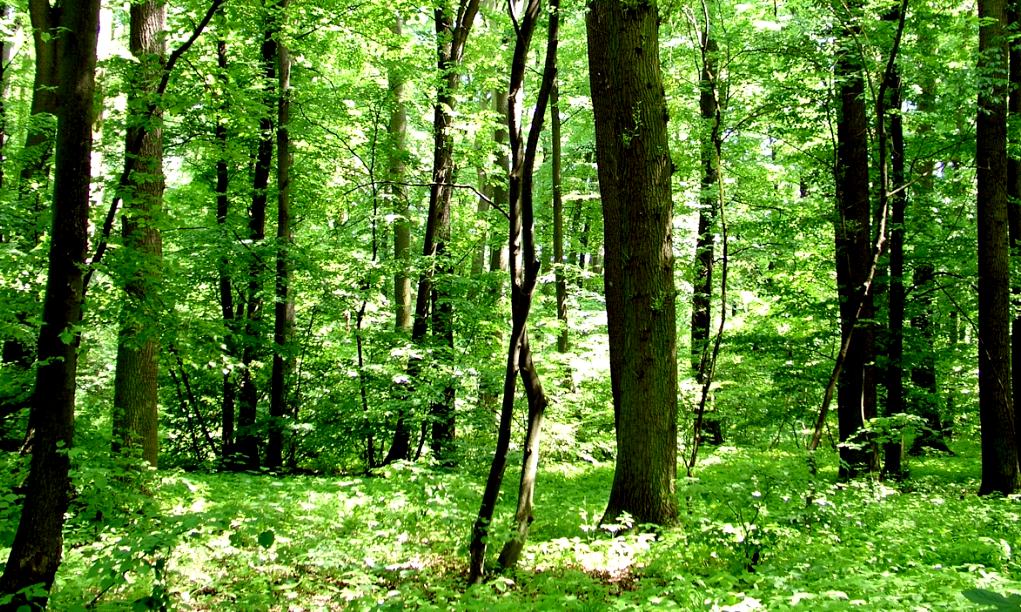|
BLACK
CARBON
Pleas use our
A-Z INDEX to
navigate this site

MELTING
ICE CAPS - Black soot can accelerate ice loss where it
absorbs heat rather than reflecting solar radiation back into
space. As the ice melts that reveals more sea to absorb the
sun's energy and warm the oceans. We should then seek to
reduce black carbon from forest burning and diesel engines.
In climatology, black carbon is a climate forcing agent. Black carbon warms the Earth by absorbing sunlight and heating the atmosphere and by reducing albedo when deposited on snow and ice (direct effects) and indirectly by interaction with clouds, with the total forcing of 1.1 W/m2. Black carbon stays in the atmosphere for only several days to weeks, whereas
carbon dioxide (CO
2) has an atmospheric lifetime of more than 100 years.
The term black carbon is also used in soil sciences and geology, referring either to deposited atmospheric black carbon or to directly incorporated black carbon from vegetation fires. Especially in the tropics, black carbon in soils significantly contributes to fertility as it is able to absorb important plant nutrients.
CLEAN AIR ACT 1956
The disastrous effects of coal pollution on human health and mortality in the early 1950s in London led to the UK Clean Air Act 1956. This act led to dramatic reductions of soot concentrations in the
United Kingdom which were followed by similar reductions in US cities like Pittsburgh and St. Louis. These reductions were largely achieved by the decreased use of soft coal for domestic heating by switching either to “smokeless” coals or other forms of fuel, such as fuel
oil and natural
gas. The steady reduction of smoke pollution in the industrial cities of Europe and United States caused a shift in research emphasis away from soot emissions and the almost complete neglect of black carbon as a significant aerosol constituent, at least in the United States.

ARCTIC SNOW
The first indications of the role of black carbon in a larger, global context came from studies of the Arctic Haze phenomena. Black carbon was identified in the Arctic haze aerosols and in the Arctic snow.
If these particles are deposited in the snow an additional heating effect would occur due to reductions in the surface albedo.
According to Charles Zender, black carbon is a significant contributor to Arctic ice-melt, and reducing such emissions may be “the most efficient way to mitigate Arctic warming that we know of”. The “climate forcing due to snow/ice albedo change is of the order of 1.0 W/m2 at middle- and high-latitude land areas in the Northern Hemisphere and over the
Arctic
Ocean.”
The “soot effect on snow albedo may be responsible for a quarter of observed global warming.” “Soot deposition increases surface melt on ice masses, and the meltwater spurs multiple radiative and dynamical feedback processes that accelerate ice disintegration,” according to NASA scientists James Hansen and Larissa Nazarenko. As a result of this feedback process, “BC on snow warms the planet about three times more than an equal forcing of CO2.” When black carbon concentrations in the Arctic increase during the winter and spring due to Arctic Haze, surface temperatures increase by 0.5 °C.
Black carbon emissions also significantly contribute to Arctic ice-melt, which is critical because “nothing in climate is more aptly described as a ‘tipping point’ than the 0 °C boundary that separates frozen from liquid
water - the bright, reflective snow and ice from the dark, heat-absorbing ocean.”
HUMAN HEALTH
Black carbon is a form of ultrafine particulate matter, which when released in the air causes premature human mortality and disability. In addition, atmospheric black carbon changes the radiative energy balance of the climate system in a way that raises air and surface temperatures, causing a variety of detrimental environmental impacts on humans, on
agriculture, and on plant and animal ecosystems.
Particulate matter is the most harmful to public health of all
air pollutants in Europe. Black carbon particulate matter contains very fine carcinogens and is therefore particularly
harmful.
It is estimated that from 640,000 to 4,900,000 premature human deaths could be prevented every year by utilizing available mitigation measures to reduce black carbon in the
atmosphere.
Humans are exposed to black carbon by inhalation of air in the immediate vicinity of local sources.
WHERE IS IT WORST ?
The
United States emits about 21% of the world's
CO2, it emits 6.1% of the world's soot.
China and India together account for 25-35% of global black carbon emissions.
Black carbon emissions are highest in and around major source regions. This results in regional hotspots of atmospheric solar heating due to black carbon. Hotspot areas include:
- the Indo-Gangetic plains of India
- eastern China
- most of Southeast Asia and
Indonesia
- equatorial regions of Africa
- Mexico and Central America
- most of Brazil and Peru in South America.
Approximately three billion people live in these hotspots.
WHAT ARE THE SOURCES ?
Approximately 20% of black carbon is emitted from burning biofuels, 40% from fossil fuels, and 40% from open biomass burning. Similar estimates of the sources of black carbon emissions are as follows:
- 42% Open biomass burning (forest and savanna burning)
- 18% Residential biofuel burned with traditional technologies
- 14% Diesel engines for transportation
- 10% Diesel engines for industrial use
- 10% Industrial processes and power generation, usually from smaller boilers
- 6% Residential coal burned with traditional technologies
Black carbon sources vary by region. For example, the majority of soot emissions in South Asia are due to biofuel cooking, whereas in East Asia,
coal combustion for residential and industrial uses plays a larger role. In Western Europe, traffic seems to be the most important source since high concentrations coincide with proximity to major roads or participation to (motorized) traffic.
emissions from the diesel engines and marine vessels contain higher levels of black carbon compared to other
sources. Regulating black carbon emissions from diesel engines and marine vessels therefore presents a significant opportunity to reduce black carbon's
global warming impact.

TREES
FOR HUMAN BREATHING - On average, one tree produces nearly 260 pounds of oxygen each year or 118 kilograms.
A human breathes about 9.5 tonnes of air in a year, about 23 percent of that is oxygen, by mass. We extract a little over a third of the oxygen from each breath. That works out to a total of about 740kg of
oxygen per year. Which is, very roughly, six or seven trees’ worth.
A mature sycamore tree might be around 12m tall and weigh two tonnes, including the roots and leaves. If it grows by five per cent each year, it will produce around 100kg of wood, of which 38kg will be carbon. Allowing for the relative molecular weights of oxygen and carbon, this equates to 100kg of oxygen per tree per year.
LINKS
& REFERENCE
http://www.climatechange-foodsecurity.org/arctic.html

Pleas use our
A-Z INDEX to
navigate this site
This
website is provided on a free basis as a public information service.
copyright © Climate Change Trust 2019. Solar
Studios, BN271RF, United Kingdom.
|


